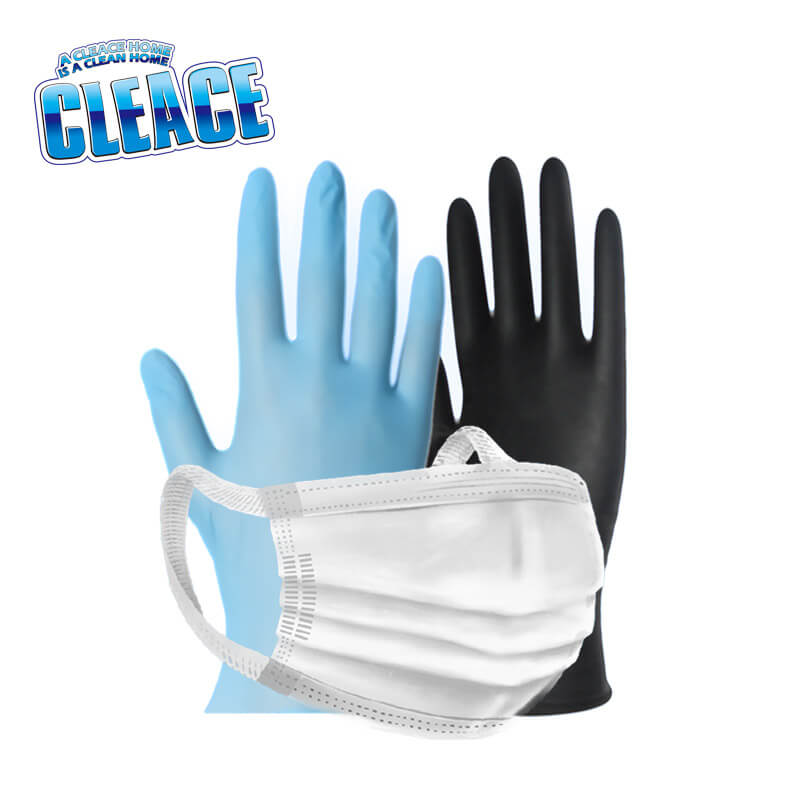A surfactant, short for surface-active agent, is a type of chemical compound that plays a crucial role in cleaning products, including washing powders, detergents, soaps, and shampoos. Surfactants have unique properties that allow them to interact with both water and oily substances, making them effective in removing dirt, stains, and oils from surfaces.
Surfactants have a molecular structure that consists of a hydrophilic (water-loving) head and a hydrophobic (water-repelling or oil-loving) tail. This dual nature enables surfactants to reduce the surface tension of water and break up oily or greasy substances, allowing them to mix with water and be easily rinsed away.
Here are some key functions and properties of surfactants:
Surface Tension Reduction: Surfactants lower the surface tension of water, allowing it to spread and penetrate more effectively on surfaces. This helps in wetting and loosening dirt and stains from fabrics or other surfaces.
Emulsification: Surfactants have the ability to disperse and stabilize oily or greasy substances in water. They surround oil droplets, forming tiny micelles that keep the oil suspended in the water, preventing it from re-depositing onto surfaces.
Soil Suspension: Surfactants help suspend dirt, oils, and stains in water, preventing them from reattaching to surfaces during the washing process. This allows the particles to be easily rinsed away.
Foaming and Lathering: Surfactants can also create foam and lather, which aid in the physical agitation and distribution of the cleaning product. Foam helps to lift dirt and stains from surfaces and carry them away during rinsing.
Wetting and Penetration: Surfactants enhance the ability of water to wet and penetrate fabrics, allowing the detergent solution to reach and clean deeper into fibers.
Different types of surfactants are used in cleaning products, and their selection depends on the specific cleaning application and desired performance. Common types of surfactants include anionic surfactants (e.g., sodium dodecyl sulfate), cationic surfactants (e.g., cetyl trimethyl ammonium chloride), nonionic surfactants (e.g., ethoxylated alcohols), and amphoteric surfactants (e.g., cocoamidopropyl betaine).
Surfactants are vital components in cleaning formulations as they enable the removal of dirt, oils, and stains from various surfaces, allowing for effective cleaning and improved wetting properties.
Here are some additional details about surfactants:
Types of Surfactants:
Anionic Surfactants: These surfactants have a negatively charged hydrophilic head. They are commonly used in laundry detergents and dishwashing liquids due to their excellent cleaning and foaming properties. Examples include sodium lauryl sulfate (SLS) and sodium laureth sulfate (SLES).
Cationic Surfactants: These surfactants have a positively charged hydrophilic head and are often used as fabric softeners, hair conditioners, and sanitizing agents. They can also act as antimicrobial agents. Examples include quaternary ammonium compounds like benzalkonium chloride.
Nonionic Surfactants: These surfactants have an uncharged hydrophilic head and are versatile in their applications. They are effective in a wide range of pH levels and water hardness conditions. Nonionic surfactants are commonly found in laundry detergents, dishwashing liquids, and personal care products. Examples include ethoxylated alcohols like nonylphenol ethoxylates (NPEs).
Amphoteric Surfactants: These surfactants have both positively and negatively charged groups in their hydrophilic head. They are mild and compatible with various surfactant systems, making them suitable for personal care products like shampoos and body washes. Cocoamidopropyl betaine is a commonly used amphoteric surfactant.
Biodegradability and Environmental Impact: Surfactants can vary in their biodegradability, which refers to their ability to break down into simpler compounds by natural processes. Biodegradable surfactants are preferred as they have lower environmental impacts. Many modern surfactants, including those used in eco-friendly or "green" cleaning products, are designed to be readily biodegradable.
Micellar Action: Surfactants form micelles in water, which are spherical structures where the hydrophilic heads face outward toward the water and the hydrophobic tails face inward, surrounding oily or greasy substances. This micellar action enables the surfactants to solubilize and emulsify oils, allowing them to be easily rinsed away.
Surfactant Synergism: Different types of surfactants are often combined in cleaning formulations to enhance their overall performance. This is known as surfactant synergism. By combining surfactants with complementary properties, such as anionic and nonionic surfactants, the cleaning efficacy, foam stability, and overall performance of the product can be improved.
Surface Tension and Wetting Agents: Surfactants lower the surface tension of liquids, enabling them to spread more easily across surfaces. As wetting agents, surfactants improve the ability of water or cleaning solutions to penetrate fabrics, allowing for better soil removal.
It's important to note that while surfactants are generally safe and effective in cleaning products, some individuals may have sensitivities or allergies to certain types of surfactants. If you have specific concerns or sensitivities, it's advisable to check the ingredients list or consult with a healthcare professional.
Overall, surfactants are essential components in cleaning formulations, contributing to their cleaning, emulsifying, foaming, and wetting properties, and enabling effective removal of dirt, stains, and oils from various surfaces.









CONTACT US NOW!
If you did not receive our reply within 24 hours, please send to our email s@aogrand.com, or call +86-13002502658 directly.